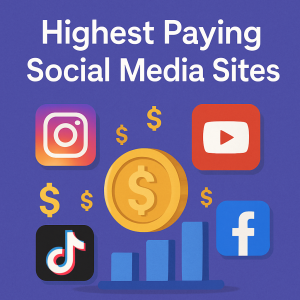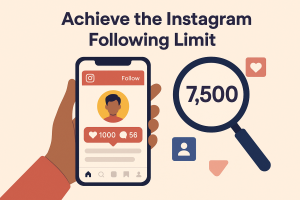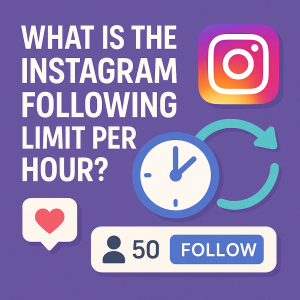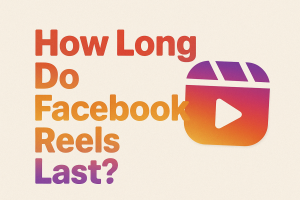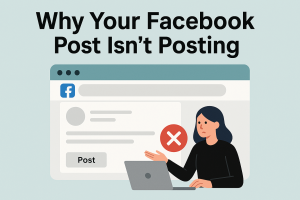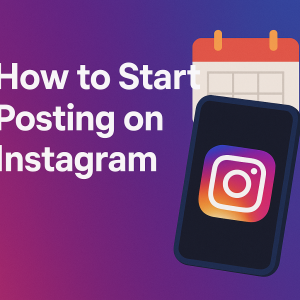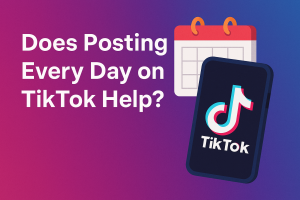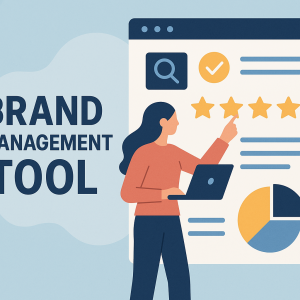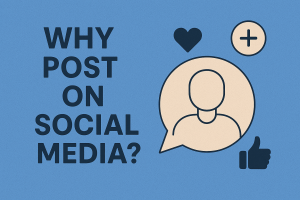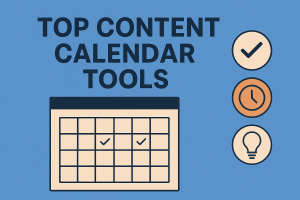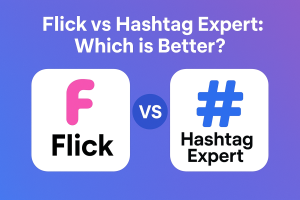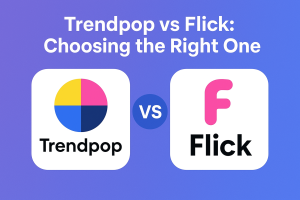The Reality of Automated Social Posting Today
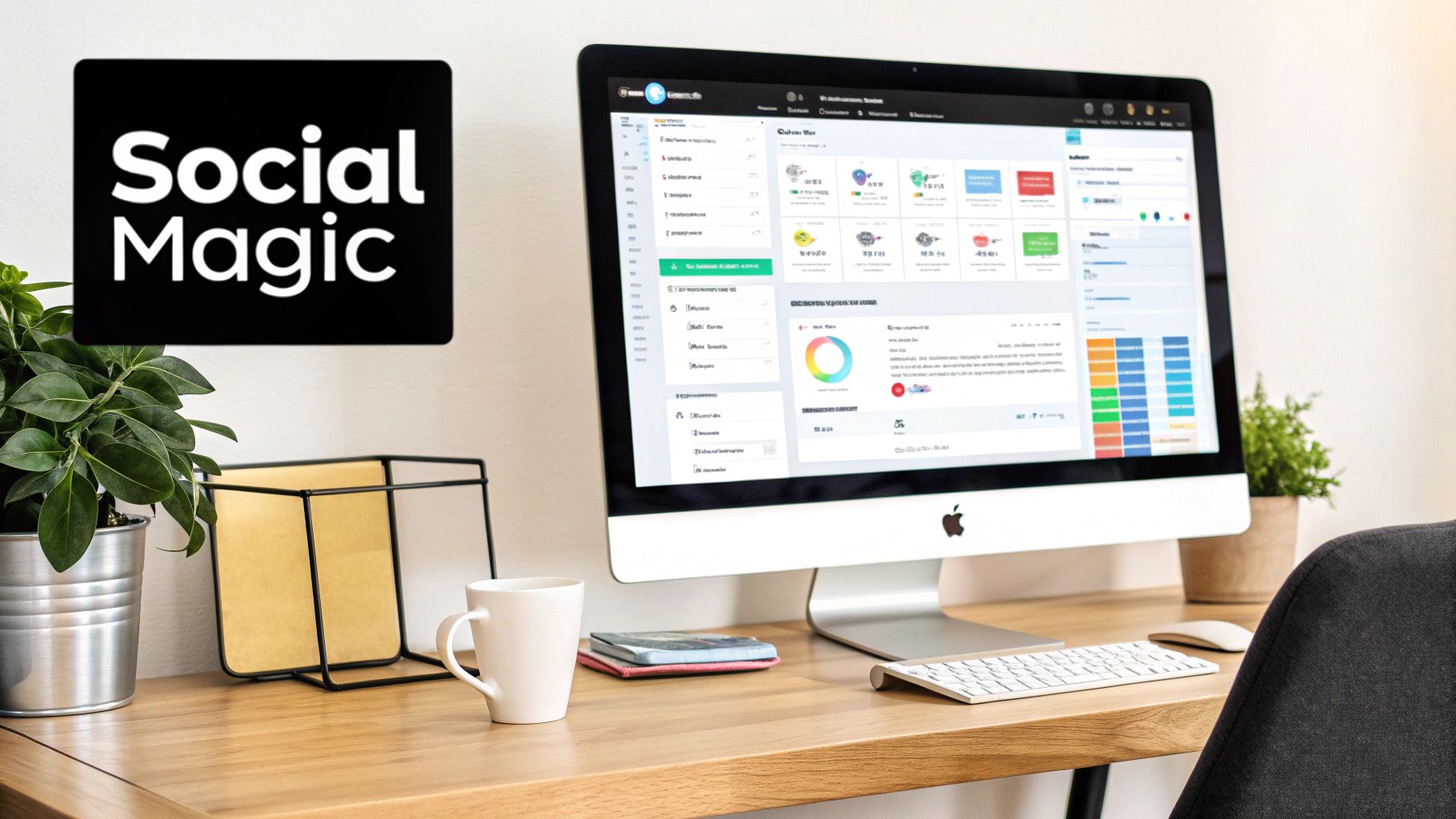
Manually managing social media is a time-sink. It’s no longer a practical approach for businesses that want a strong online presence. Finding a better way is key to staying competitive. Thankfully, automated social posting tools like Galaxyz offer a powerful solution. These platforms are a huge step up from simple scheduling tools.
Today’s social media requires a steady stream of engaging content. This is where automation shines. Automated social posting has evolved from basic timed posts to intelligent content distribution.
In 2023, 88% of marketers used social media post scheduling as their top marketing automation tactic. You can find more statistics here: Learn more about marketing automation statistics. This shows how much businesses value efficient social media management.
The Difference Between Scheduling and True Automation
Many think scheduling a week’s worth of posts is automation. True automated social posting systems are much more advanced. These tools can make strategic choices about your content.
For example, they can analyze the best posting times based on audience engagement. They can also adjust scheduling based on trending topics or news. This means strategic, not just chronological, content distribution.
Debunking the “Robotic” Automation Myth
One concern about automated posting is losing a brand’s authentic voice. Leading brands show that automation can actually improve authenticity. This is done with careful planning and a smart content strategy.
By creating engaging, personalized content upfront, businesses maintain a human touch, even with scheduled posting. Automated replies to comments and messages can also build connections with followers. Automated posting frees up social media managers to focus on real conversations and community engagement.
Beyond Time-Saving: The Full Impact of Social Automation
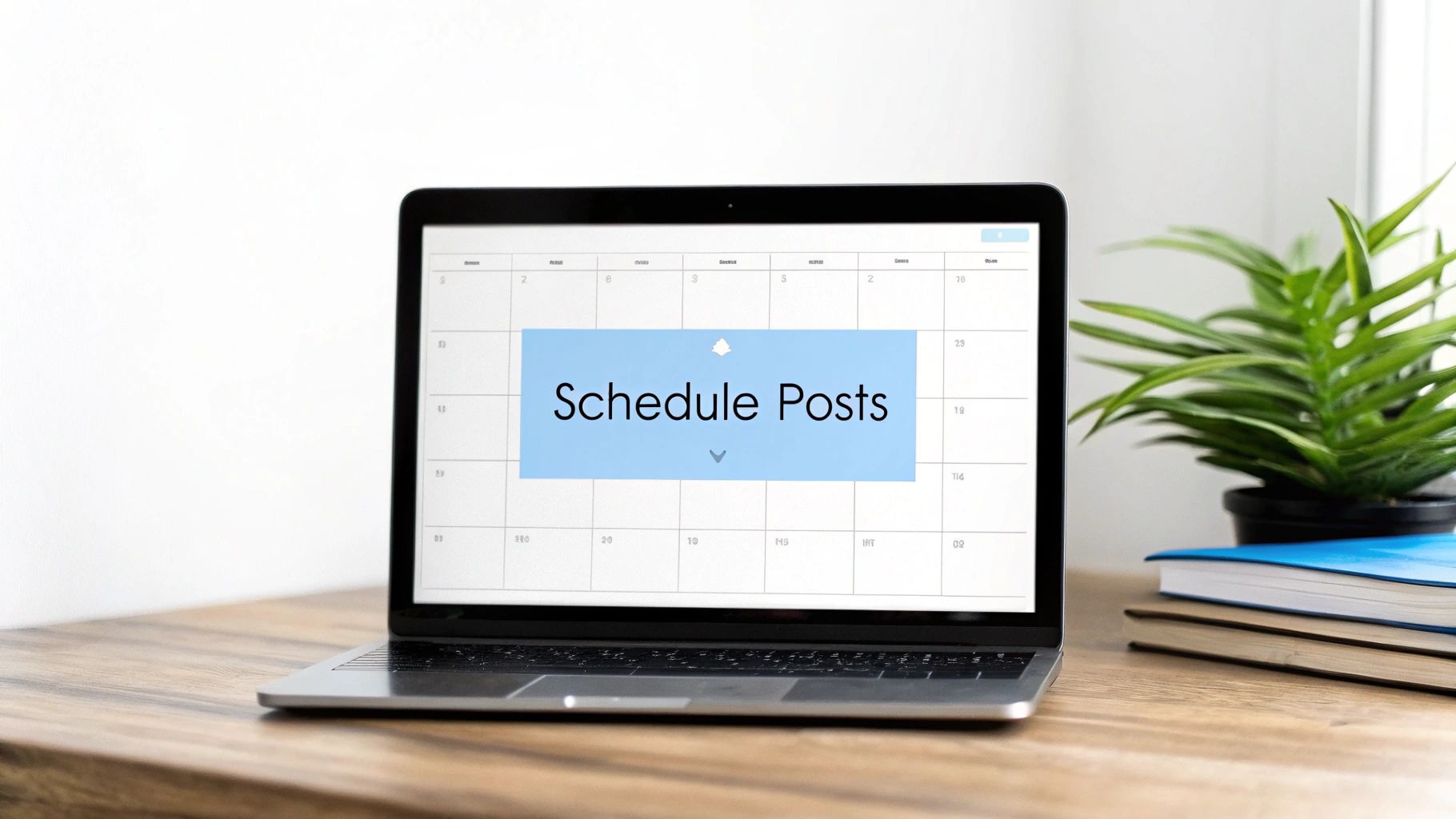
Automated social posting isn’t just about convenience; it’s about transforming your marketing approach. It affects everything from reach and engagement to how your team functions and achieves its goals. Tools like Galaxyz streamline content distribution, freeing you to focus on strategy.
One major advantage is maintaining a consistent posting schedule. This consistency is challenging to achieve manually, especially across multiple platforms. Automated systems handle this with ease, maximizing content visibility and creating more opportunities for engagement.
Consider a small business managing Facebook, Instagram, Twitter, and LinkedIn. Manually posting on each platform multiple times a day is a significant burden. Automation simplifies this, ensuring a consistent presence without overwhelming your team. This strengthens your brand and keeps your audience engaged.
Reaching a Global Audience
The sheer size of the global social media audience presents a huge opportunity. With over 5.24 billion users as of January 2025, expanding your reach is crucial. Automated social posting is a key tool for achieving this. Find more detailed statistics here. This vast user base underscores the importance of strategic social media management.
Data-Driven Insights and Content Testing
Automated social posting also enables data-driven decisions. These systems offer in-depth analytics, tracking metrics like engagement rates, reach, and click-throughs. This data helps refine your content strategy and optimize future posts for better performance.
Furthermore, automation facilitates A/B testing. By scheduling different versions of a post, varying times and visuals, you can identify what resonates with your audience. This continuous improvement, backed by data, leads to a more effective content strategy. Understanding audience preferences and improving campaign performance becomes much more achievable.
To illustrate the differences between managing your social media presence manually versus automatically, let’s take a look at a comparison table:
Manual vs. Automated Social Posting Comparison
This table compares key aspects of manual and automated social posting approaches.
| Aspect | Manual Posting | Automated Posting |
|---|---|---|
| Time Commitment | High | Low |
| Consistency | Difficult to maintain | Easily achievable |
| Reach | Limited by time constraints | Potential for broader reach |
| Data Analysis | Manual tracking, time-consuming | Automated tracking and reporting |
| Content Testing | Difficult to implement consistently | Easy A/B testing capabilities |
| Team Focus | Repetitive posting tasks | Strategy and content creation |
As you can see, automated posting offers significant advantages in terms of efficiency, reach, and data analysis, freeing up your team to focus on more strategic and creative tasks.
Empowering Your Creative Team
Finally, automating social media posting frees your creative team from tedious tasks. Instead of repetitive posting, they can focus on developing high-quality, engaging content. This leads to more creative campaigns and stronger audience connections, significantly improving your overall marketing performance. By automating routine tasks, teams can dedicate their time to strategy and creativity, resulting in more impactful social media campaigns.
Choosing Your Automated Social Posting Arsenal
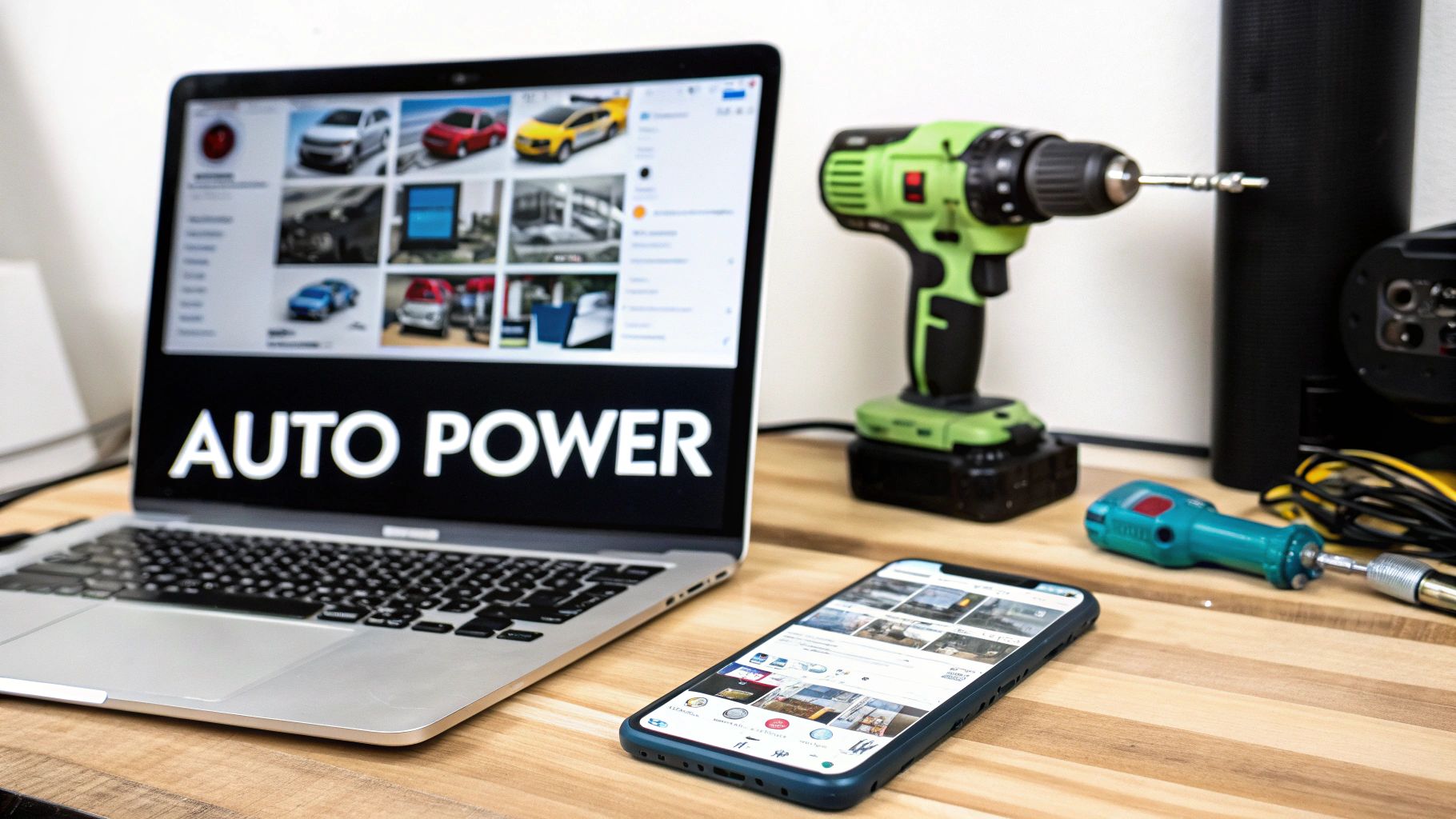
With a plethora of social media management tools available, finding the perfect platform for automated social posting can be daunting. This section helps you navigate the options and select the best tools for your needs. We’ll examine key features, potential drawbacks, and user experiences to inform your decision. Let’s discover the tools that will empower your social media strategy. Platforms like Galaxyz offer a robust suite of features designed to streamline your social media management.
Essential Features for Effective Automation
Several key features distinguish truly effective automated social posting platforms. Considering these elements will help you pinpoint the ideal fit for your business.
- Content Scheduling and Publishing: Search for platforms that provide flexible scheduling options, enabling you to plan posts across various social networks well in advance.
- Visual Content Handling: If visuals play a significant role in your brand’s communication, prioritize platforms optimized for image and video posting, tailored to each network’s specific requirements. Galaxyz, for instance, excels in managing visual content for maximum impact.
- Analytics and Reporting: Comprehensive analytics are essential for understanding audience engagement. Select a platform that provides detailed insights into reach, engagement, and other key performance indicators.
- Team Collaboration Features: For teams managing multiple social media accounts, features like approval workflows and shared content calendars are crucial for seamless collaboration.
Evaluating Platform Limitations and User Experience
While features are undeniably important, don’t overlook potential limitations and the overall user experience.
- Social Network API Integration: Verify that the platform integrates seamlessly with the APIs of the social networks you utilize. This ensures smooth posting and prevents disruptions due to API updates.
- Pricing Structure: Carefully assess pricing tiers and select a plan that aligns with your budget and anticipated business growth. Galaxyz offers flexible plans suited for businesses of all sizes.
- Learning Curve and Customer Support: Factor in the platform’s ease of use and the quality of customer support provided. A user-friendly interface and responsive support can save you valuable time and minimize frustration.
Matching Tools to Your Specific Business Needs
Different tools excel in different areas. Some specialize in visual content management, while others offer advanced analytics or robust team collaboration features.
- For Visually Driven Brands: Platforms like Galaxyz provide optimized image and video handling, ensuring your visuals resonate across all social media channels.
- For Data-Driven Marketers: Prioritize platforms featuring comprehensive analytics dashboards that offer granular data on post performance and audience engagement.
- For Large Teams: Select platforms with strong collaboration features, including shared calendars, approval workflows, and integrated communication tools, to maximize efficiency.
By carefully weighing these factors, you can select the automated social posting tools that best support your social media strategy and business goals. Choosing the right tools, such as Galaxyz, allows you to streamline your workflow and concentrate on creating compelling content that connects with your target audience. Remember to take advantage of free trials and demos to test various platforms before making a long-term commitment.
Building Your Automated Posting Strategy Blueprint
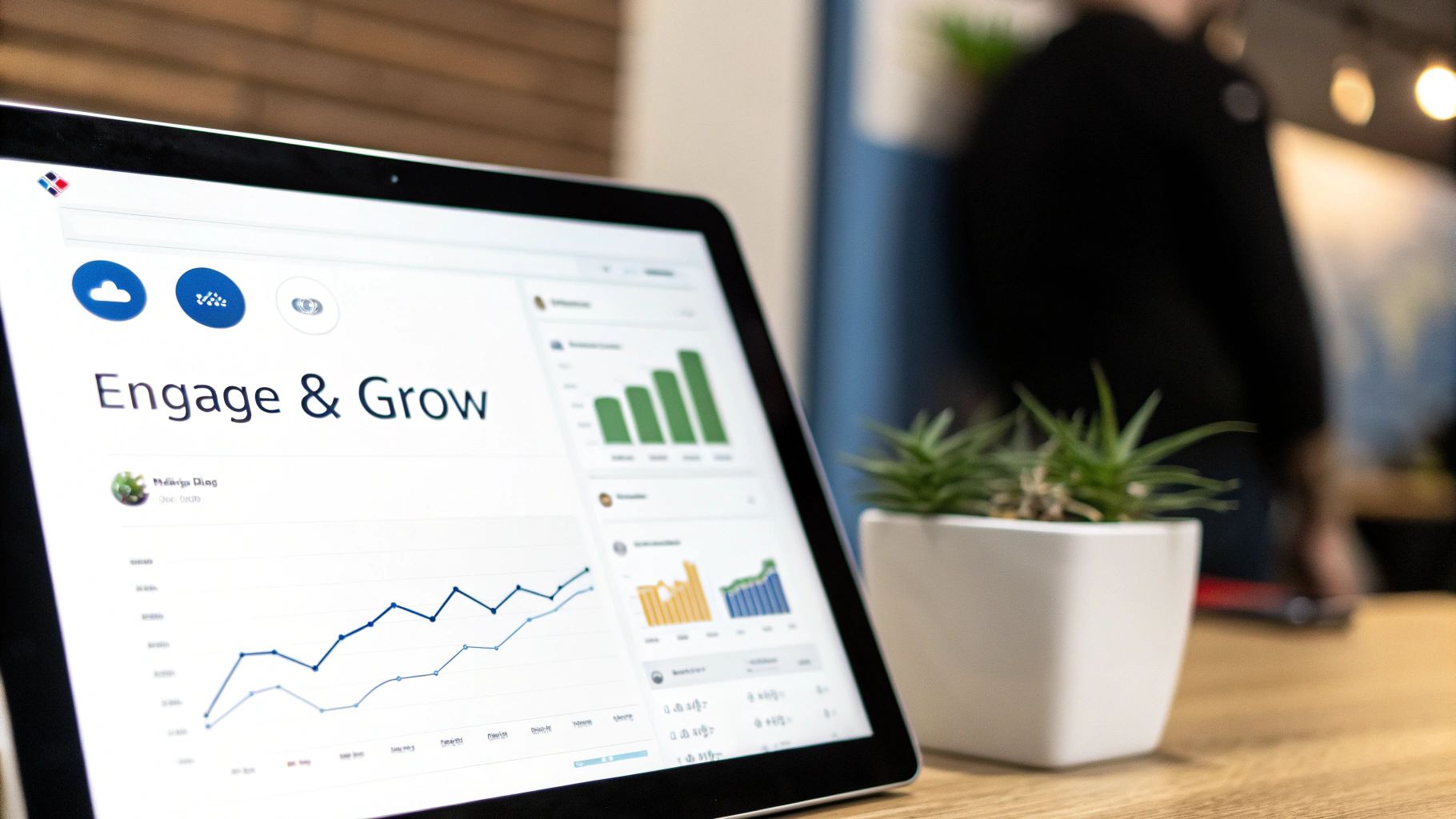
Automated social posting isn’t about setting it and forgetting it. It’s about creating a strategic framework that works for you. This section will help you develop a practical blueprint for automating your social media, aligning it with your marketing goals. Think of it as building a well-oiled machine, requiring the right parts and a solid plan.
Content Batching for Efficiency and Consistency
Content batching is crucial for an effective automated posting strategy. This means creating a lot of content at once and scheduling its release over a period of time. This approach helps maintain a consistent brand message and frees up your time. For example, dedicate a day to creating social media graphics and captions for an entire month.
This ensures your messaging stays consistent and on-brand.
Building Flexibility into Your Automation
Planning is vital, but your strategy should also be adaptable. You need the ability to jump on time-sensitive opportunities without disrupting your scheduled content. Build in flexibility for real-time events, trending topics, or important announcements. It’s like having a train schedule but with the option to add an express train as needed.
Content Categorization and Strategic Rotation
Keep your audience engaged by organizing content into categories. This might include promotional posts, educational content, behind-the-scenes looks, and user-generated content. A diverse content calendar prevents audience fatigue and keeps things fresh.
To manage and automate your social media presence, consider using a scheduling tool. Social Media Scheduler offers a comparison of different platforms.
To illustrate how to best optimize your posting schedule across different platforms, take a look at the table below:
Optimal Posting Frequencies Across Social Platforms
Data showing recommended posting frequencies for maximum engagement on different social networks
| Platform | Minimum Frequency | Optimal Frequency | Best Times to Post |
|---|---|---|---|
| 3-5 times/week | 1 post/day | Weekdays 9 am-3 pm | |
| 3-7 times/week | 1-2 posts/day | Weekdays 11 am-2 pm | |
| X (Twitter) | 3-5 times/day | 5-10 tweets/day | Weekdays 9 am-4 pm |
| 2-5 times/week | 1 post/day | Tuesdays and Thursdays | |
| 5-10 times/day | 10-20 pins/day | Evenings and weekends |
This table provides a general guideline. The best posting times for your specific audience may vary. Experiment to find what resonates most with your followers.
Incorporating Seasonal Themes and Product Launches
Factor key events and product launches into your automated posting strategy. Plan themed content in advance to capitalize on seasonal trends and generate excitement for new products. This could involve specific campaigns around holidays, industry events, or product releases.
Scaling Your Approach
As your team and content library grow, your automated posting strategy should scale too. This might involve more advanced tools like Buffer, refining your content categorization, or team training. This ensures automation remains effective as your business grows.
Keeping It Human: Authenticity in Automated Social Posting
The biggest worry about automated social posting is sounding like a robot. Maintaining your brand’s personality while using automation is entirely possible, though. This section explores how to balance efficiency and authenticity in your social media strategy. Think of automation as a tool to help you, not a complete replacement for your brand’s unique voice.
Infusing Personality into Scheduled Content
Even scheduled content can feel personal. One way to achieve this is by writing posts in advance, just as you would if you were posting manually. This allows you to carefully craft messages with your distinct brand voice. It’s like meal prepping for the week; you still choose the ingredients and recipes to ensure a healthy and delicious outcome. Preparing social media content ahead of time ensures consistent quality and a personalized touch.
Another effective technique is using visuals. Images and videos add personality and break up text-heavy feeds, making them more engaging. Tools like Galaxyz offer robust visual content handling, making it easy to incorporate rich media into your automated posting schedule. Consider using photos of your team, behind-the-scenes glimpses, or custom graphics that reflect your brand’s identity.
Engaging Authentically with Your Audience
Automation shouldn’t mean ignoring your audience. Set aside time to respond to comments and messages. This shows you’re listening and builds genuine connections with your followers. While automated responses can be helpful for simple inquiries, true interaction is crucial for fostering a loyal community. Think of it like attending a networking event: while having prepared talking points is helpful, engaging in real conversations is what builds relationships.
Additionally, use automation to monitor social media for mentions of your brand. This allows you to join relevant conversations and demonstrate your active presence in the online community. Participating in discussions shows you’re invested in your audience and strengthens engagement.
Avoiding Tone-Deaf Automated Posts During Sensitive Events
An important aspect of authentic automated posting is having a plan for sensitive events. Create a protocol for pausing scheduled posts during times of crisis or national tragedies. This prevents insensitive automated posts and shows respect for current events. Consider it a “pause button” for your automated system, allowing you to adapt to unexpected circumstances.
Blending Automation with Manual Posting
The most effective approach often involves a blend of automated, semi-automated, and manual posting. Fully automate routine updates and evergreen content. Use semi-automation for content that needs minor adjustments before going live. Reserve manual posting for time-sensitive announcements and personalized interactions. This balanced approach maximizes efficiency without sacrificing authenticity. Imagine a conductor leading an orchestra: different instruments play at different times, creating a harmonious symphony of content.
Measuring What Matters in Your Automated Posting
Automated social posting helps streamline your workflow. But how do you measure its success beyond vanity metrics like likes and shares? It requires a framework connecting social media activity with tangible business outcomes. It’s about understanding what truly moves the needle for your business. Tools like Galaxyz offer robust analytics to measure the impact of automated posting.
Identifying Key Performance Indicators (KPIs)
The first step is identifying Key Performance Indicators (KPIs) aligned with your goals. If your objective is brand awareness, track reach and impressions. If you’re focused on lead generation, website clicks and conversions become crucial. Choosing the right KPIs is like setting your destination before a journey.
For example, an e-commerce business might prioritize website traffic and sales generated from social media. A non-profit organization could focus on donations or volunteer sign-ups driven by their social media campaigns. This focused measurement aligns with overall objectives.
Setting Up Tracking Systems
Proper tracking systems accurately attribute results to your automated social posting efforts. Use UTM parameters in your links to monitor traffic sources and campaign performance. This level of tracking provides insights into which social platforms and posts drive the most valuable actions. It’s like tagging your content to see where results originate.
Additionally, integrating your social media platform with your website analytics, like Google Analytics, allows you to track conversions. This connection between social activity and website behavior clarifies your social media ROI.
Developing Custom Dashboards
Custom dashboards visualize the data that matters most. Gather key metrics in one place to monitor progress and identify improvement areas. Many automated social posting platforms provide customizable dashboards tailored to your specific needs. It’s like having a personalized control panel for your social media performance.
A/B Testing and Engagement Analysis
A/B testing is essential for refining your automated posting strategy. Experiment with different content formats, posting times, and calls to action to see what resonates with your audience. This data-driven approach allows for continuous optimization.
Analyze engagement patterns across different content types. Understand which posts generate the most comments, shares, and clicks. Use this information to inform future content and optimize your posting schedule.
Communicating Social Media ROI to Stakeholders
Clearly communicate the value of your automated social posting to stakeholders. Use data from your custom dashboards to showcase the impact of your strategy on business goals. Present clear metrics like website traffic, leads generated, and sales attributed to social media.
Data-informed decisions are crucial for allocating resources effectively. Analyze which platforms and content types generate the highest ROI. Shift resources towards the most successful channels and tactics to maximize your impact.
For a powerful solution to schedule and post content, boost your social reach with Galaxyz.






